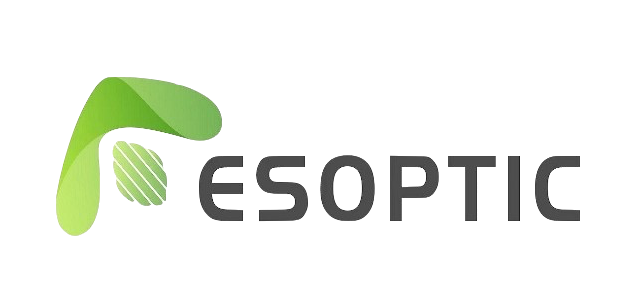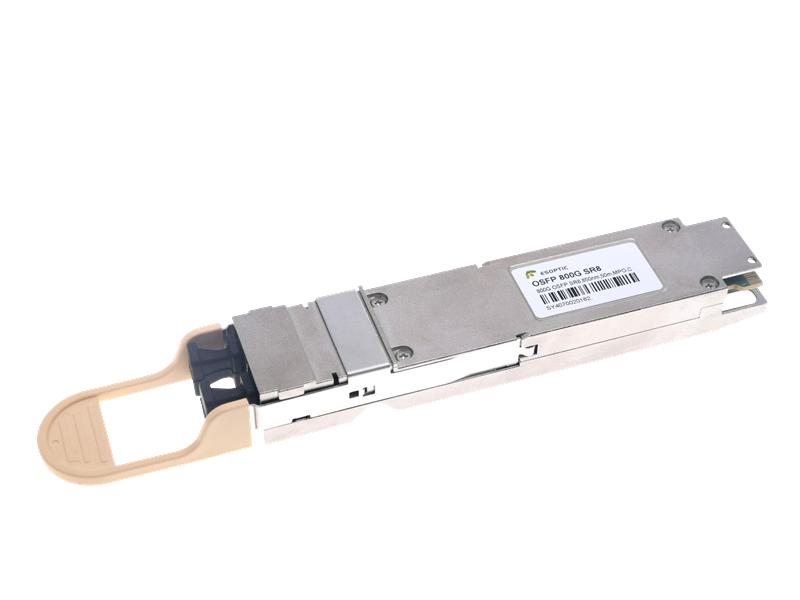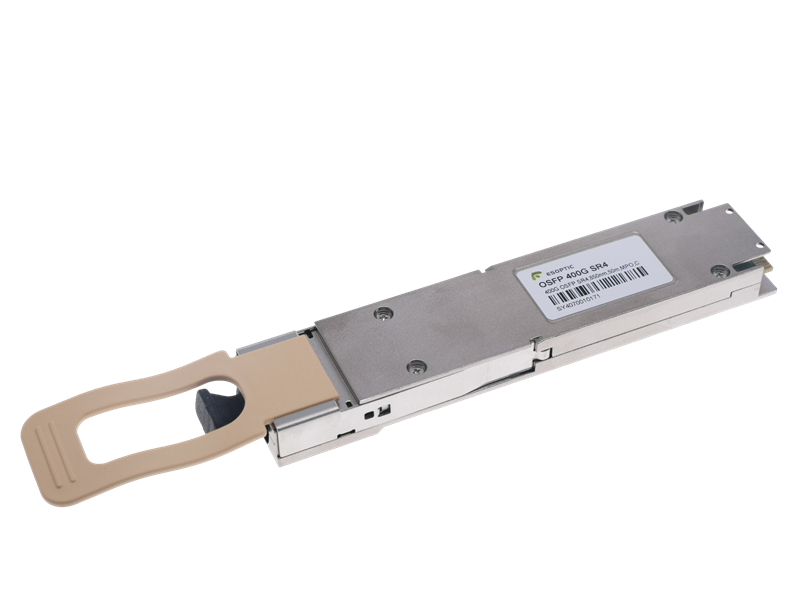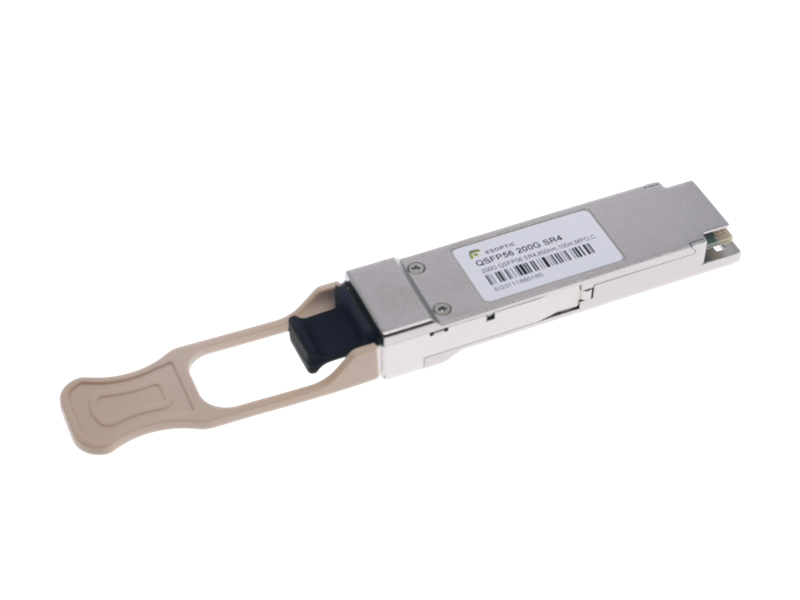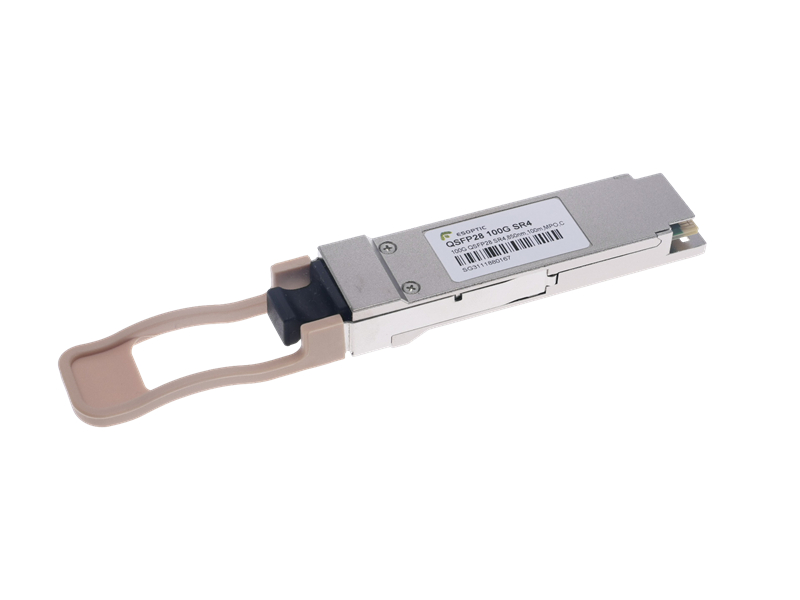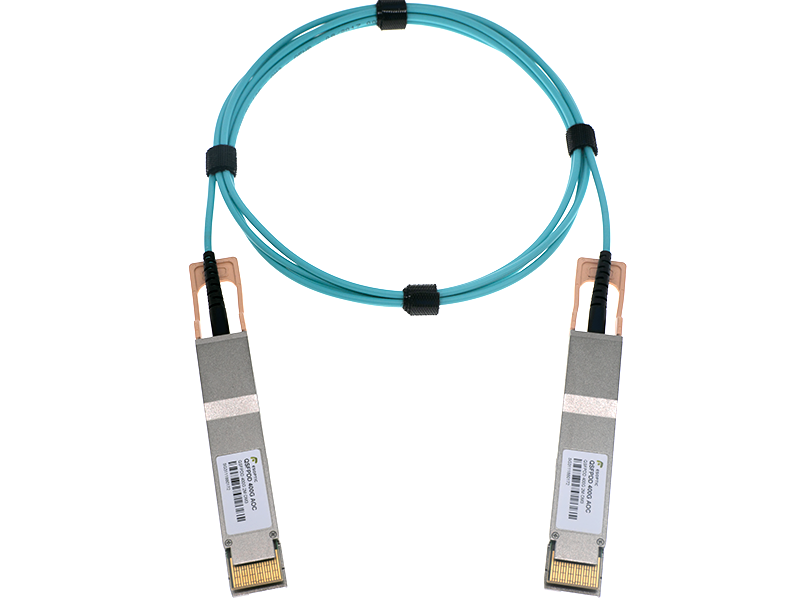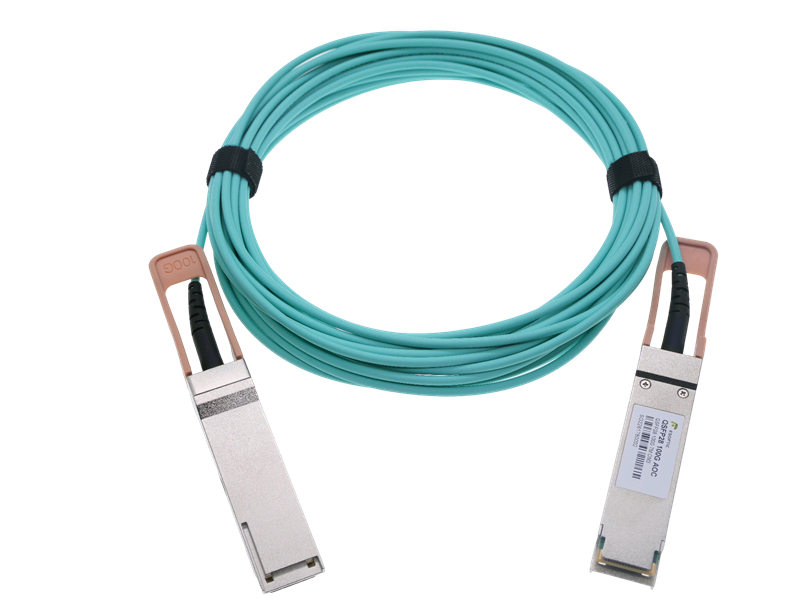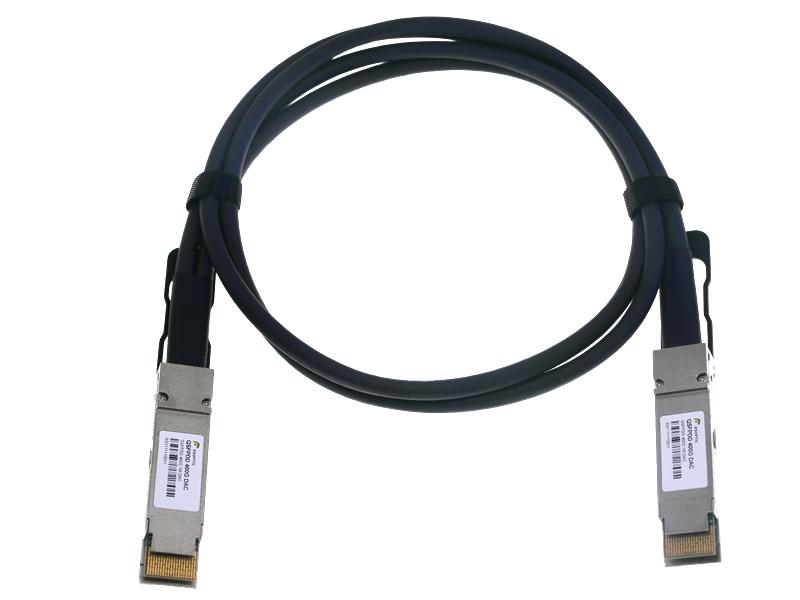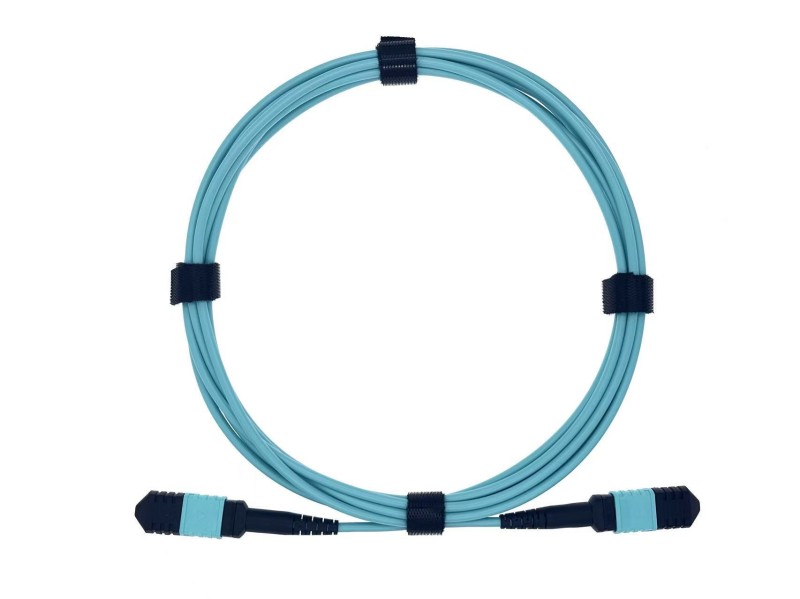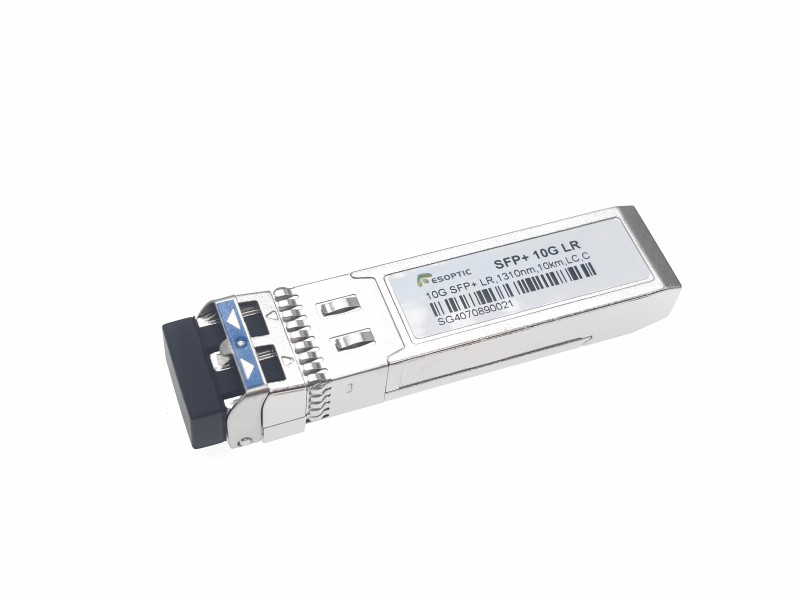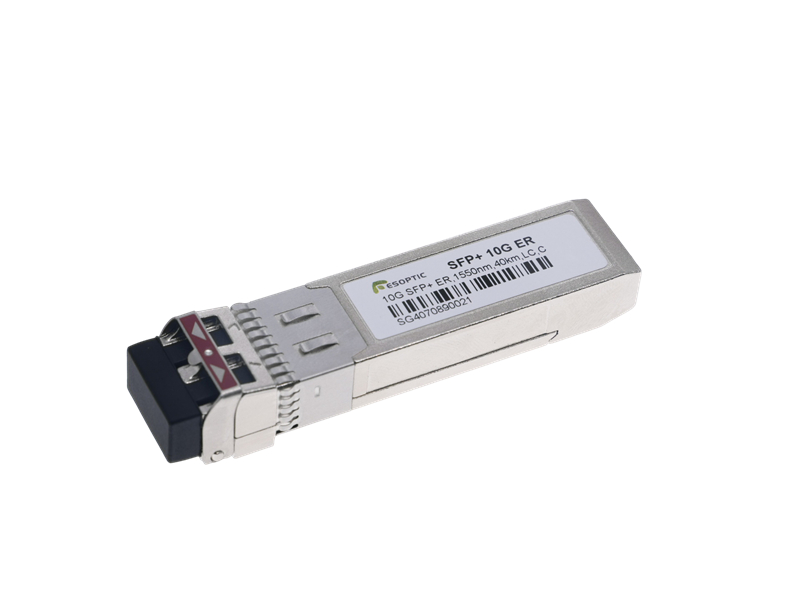As global 5G deployment accelerates, 5G fronthaul has become a key focus in building next-generation mobile networks. To meet the stringent requirements of low latency, high bandwidth, and dense connectivity, high-performance optical communication products are essential in ensuring a robust and future-ready fronthaul architecture.
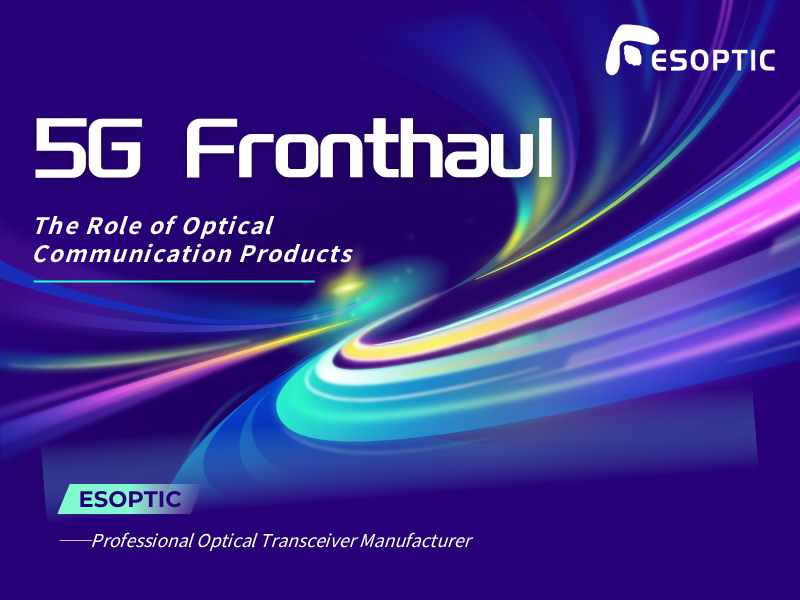
What is 5G Fronthaul?
5G networks are typically divided into fronthaul, midhaul, and backhaul. Among them, 5G fronthaul connects the Active Antenna Unit (AAU) and the Distributed Unit (DU), forming the first leg of the transport network. It handles real-time data traffic with high precision. Compared to 4G, 5G fronthaul demands significantly higher speed, tighter synchronization, and wider bandwidth — making optical communication products the preferred transmission medium.
Key Optical Communication Products in 5G Fronthaul
To meet the diverse needs of 5G fronthaul, several types of optical communication products are used to deliver reliable, low-latency connections:
1. 25G SFP28 Optical Transceivers
Currently the mainstream solution for 5G fronthaul, 25G SFP28 modules offer high performance in a compact form factor. They support long distances over single-mode fiber while maintaining low power consumption. ESOPTIC provides a wide portfolio of 25G transceivers with support for 10km, 20km, and 40km applications, enabling flexible deployment in various fronthaul environments.
2. CWDM Optical Transceivers
To reduce fiber count and maximize spectral efficiency, CWDM (Coarse Wavelength Division Multiplexing) is widely adopted in 5G fronthaul. ESOPTIC’s CWDM modules allow multiple 25G wavelengths to coexist on a single fiber, ensuring efficient fiber utilization while maintaining high-speed performance.

3. AOC and DAC High-Speed Cable Assemblies
Inside baseband units and fronthaul aggregation points, Active Optical Cables (AOC) and Direct Attach Cables (DAC) provide reliable high-speed connectivity. AOC is ideal for longer distances up to 100m, while DAC offers ultra-low latency and cost-effective short-reach connections. ESOPTIC offers customized AOC and DAC assemblies for data rate ranges from 10G to 100G, optimizing in-rack and inter-device connections.
4. Industrial Temperature Optical Modules
In outdoor and rugged fronthaul scenarios, optical modules must operate reliably across a wide temperature range. ESOPTIC offers industrial-grade transceivers (-40°C to 85°C) designed to withstand harsh conditions while delivering stable performance — a must-have for remote radio heads and distributed antenna systems.
Why Choose ESOPTIC Optical Communication Products?
With over a decade of expertise in optical transceiver design and manufacturing, ESOPTIC provides reliable, scalable, and cost-effective solutions for 5G fronthaul applications. Our commitment to precision engineering, strict quality control, and responsive support makes us a trusted partner in global 5G infrastructure projects.
Whether it’s a custom CWDM channel, a ruggedized transceiver, or a pre-terminated AOC cable — we tailor our optical communication products to fit your 5G fronthaul needs with precision.
FAQ: 5G Fronthaul and Optical Communication Products
Q1: Why is optical communication critical for 5G fronthaul?
A1: 5G fronthaul requires high bandwidth, low latency, and long-distance transmission — areas where optical fiber outperforms copper significantly. Optical communication products are the only viable solution for meeting these technical demands.
Q2: What type of transceiver is most commonly used in 5G fronthaul?
A2: The 25G SFP28 transceiver is currently the most widely used module in fronthaul networks, balancing performance, cost, and compatibility with existing infrastructure.
Q3: Does ESOPTIC offer transceivers for industrial environments?
A3: Yes. ESOPTIC manufactures industrial-temperature optical modules built for extreme environments, ideal for outdoor 5G deployments.
Q4: What’s the benefit of CWDM transceivers in fronthaul?
A4: CWDM modules reduce the need for laying multiple fibers by allowing multiple wavelengths on a single strand, improving fiber efficiency and reducing overall cost.
Q5: How do I choose between AOC and DAC in 5G networks?
A5: Use DAC for short-reach, cost-sensitive connections (typically <5m). Choose AOC when distances are longer (up to 100m) or when better signal integrity is required across more complex routing paths.

Final Thoughts
The success of 5G fronthaul hinges on the performance and reliability of underlying optical communication products. With solutions engineered for speed, efficiency, and durability, ESOPTIC is ready to help you build a fronthaul network that delivers — now and into the future.
To learn more about our full range of 5G-ready optical solutions, visit www.esiontech.com or contact us for tailored recommendations.
